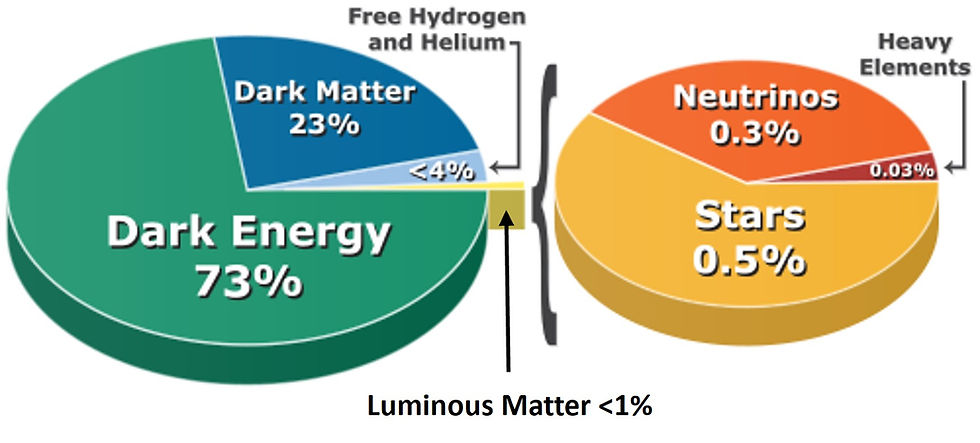A Clean Heart
- stephenstrent7

- Aug 13, 2022
- 3 min read

1909 Valentine's card
by Trent Dee Stephens, PhD, for the Come Follow Me lesson August 15-21; Psalms 49–51; 61–66; 69–72; 77–78; 85–86
Each year, as I begin my anatomy lectures (yes I still teach Gross Anatomy, at age 74 and after teaching the subject for forty five years), I spend a lecture and a half on the history of anatomy. I teach that the Egyptians, during the process of mummification, preserved the heart inside the body rather than taking it out with the other organs, because they believed that the heart was the mind. The word phrenic, which is the name of the nerve to the diaphragm, means the “seat of the mind,” referring to the diaphragm as the seat upon which the mind, the heart sits. Because the heart was viewed as the mind, there was no need for the brain, and during the mummification process, it was ladled out of the skull through the nose and discarded.
Later on, in the Greek era, Aristotle taught that, in an organism, hotter, redder, and thicker blood was associated with greater intelligence. Likewise, an organ with hot, red, thick fluid was associated with that intelligence. He was well aware that the brain was bathed in a cool, clear, thin fluid, which we now know as cerebrospinal fluid. He, therefore, agreed with the Egyptians that the brain had not function in the thinking process. He, and others of the time, thought, as did the Egyptians, that the brain was the reservoir for the cooling fluid of the body. The brain connected to the marrow (medulla) in the spine (a single bone), which, in turn, connected to the marrow inside the bones. The part of the brain that connects to the spinal cord is still called the medulla oblongata. When the system overheated, excess brain medulla came out the nose in the form of mucus.
The following paragraph is from my book, The Infinite Creation: Unifying Science and Latter-day Saint Theology, Chapter 1.
Paul stated, very accurately, for glass made when the last ancient scriptures were being written in the first century AD, “For now we see through a glass, darkly; but then face to face: now I know in part; but then shall I know even as also I am known.” (1 Corinthians 13:12) Today, we see through glass almost perfectly, with little or no color or prismatic aberrations. Likewise, science was a complete mystery to first-century scholars and for nearly two millennia thereafter – during the critical time when the ancient scriptures were being translated and compiled.
Physicians didn’t even know what human beings looked like on the inside – as anatomy was a taboo practice. They had no idea concerning the function of the brain. Instead, they possessed a vague notion that the mind, or the soul, somehow, was associated with the heart, liver, and spleen. They had absolutely no concept of human reproduction, involving two microscopic cells: a sperm and an egg. They had no idea that artificial insemination was possible. Furthermore, they and other scientists of the time had no concept of the more than thirty trillion cells comprising each human body, the forty-six chromosomes in nearly every human cell, the 20,000 or so genes associated with those chromosomes, or the billions of atoms forming the stuff of each cell.
Even though we know better today, we still sometimes refer to having marrow in the spine and having a backbone (singular). We still locate love and loyalty to the heart, as well as purity to a clean heart. We still tend to talk about the heart and brain as though they were two different parts of the mind – what is “in your head vs what is in your heart.” Even though today we know that having a “clean heart” actually means having a clean mind, we still tend to use the former term. Try sending your loved-one a picture of a brain next Valentine’s Day, rather than a picture of a heart and see how far it gets you.
Trent Dee Stephens, PhD, Anatomist
trentdeestephens.com



Comments